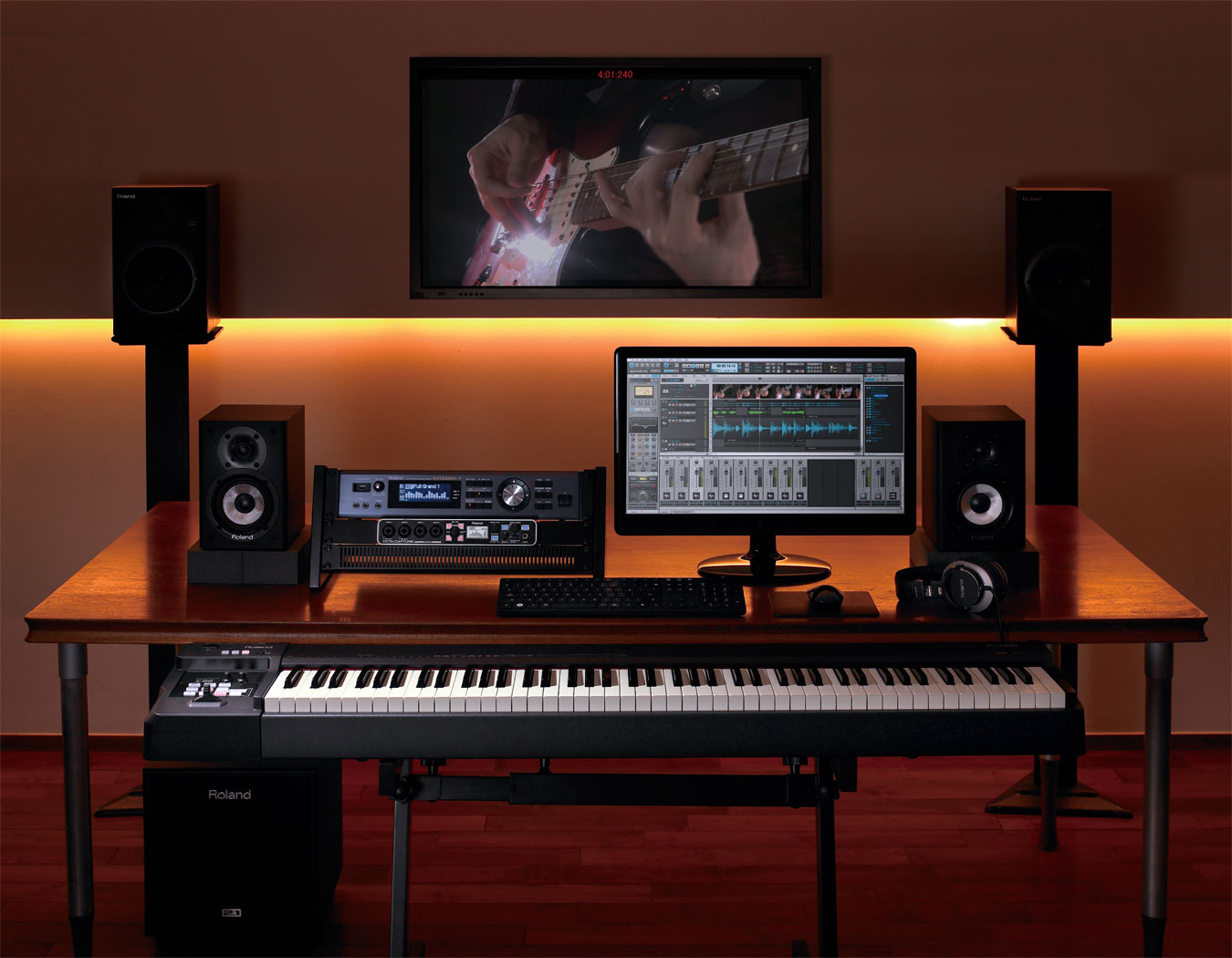

When performing, connect e keyboard directly to the D1/DT, and not via your mac, because the latency is too long. Latency (Input+Output) is quite long: 18,8 ms in Bit Accurate Mode and 55,3 ms in Core Audio Mode. I was able to let them run with a small buffer of 64 Bit. Each device appears two times: One in Core Audio Mode and one in Bit Acurate mode. They only run with 48 kHz (no 44,1 khz or 96 kHz). I tried it on a macbook Air with macOS 10.13.6 and Ableton Live 10 with digitone (D1) and digitakt (dt).īoth devices are recognized as Audio Interfaces with 12 Input Channels and 2 Output channels.

Benefiting from the processing power of your computer, much higher than the internal capacity of the DAC, Audirvāna can run more sophisticated and demanding oversampling algorithms, and feed your DAC with a signal containing more accurate data that facilitates the interpolation work.For those of you not participating in the beta, here is a small overview, how the macOS driver works so far, that was just released on friday. Today, most DACs operate at very high internal frequencies and low resolution. With quality as sole priority, Audirvāna does not have to seek a compromise between processing speed and accuracy and can thus mobilize the computer’s computing power using the best algorithms. a PCM (or DSD) stream already decoded, which takes into account the characteristics of your DAC – for the order of reception of data beyond 16bits for example – and reduces the tasks to be performed at its level. In addition, Audirvāna delivers a ‘ready-to-play’ digital audio stream that allows your converter to operate under optimal conditions, i.e. This limits processor activity during playback and protects the music from playback jitter and possible signal interference by stabilizing the computer power supply and limiting processor activity to the bare minimum: minus 0.5% CPU load less than 0:5% of CPU load. Audirvāna loads, decodes and processes the entire audio data of a track prior to playback in a buffer memory.


 0 kommentar(er)
0 kommentar(er)
